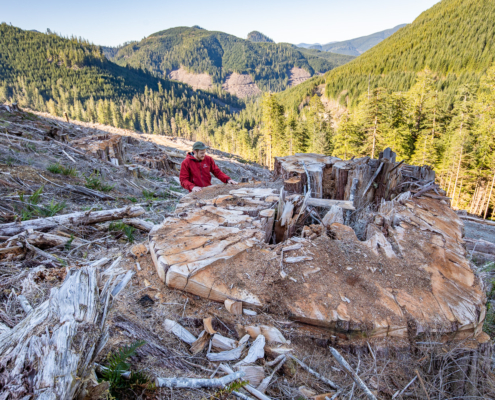
Conservationists decry absence of funding for old-growth, forestry paradigm shift in BC Budget
The Ancient Forest Alliance is disappointed the NDP government’s provincial budget, released yesterday, fails to allocate funding to protect endangered old-growth forests or enact the necessary paradigm shift in BC’s forest sector.
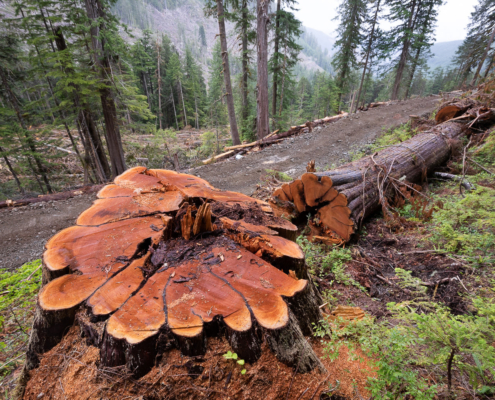
No New Money for Old Growth Protection in BC’s Budget
The Tyee - Spending plan ‘absolutely shatters’ hopes that province is taking changes to forest industry seriously, says advocate.

Falling fast
Here's a great article in McLean's magazine that traces the decades-long line of the War in the Woods from the 80s & 90s to today's blockades to protect the last remnant patches of BC's ancient forests and the failure of the BC government to act on the Old Growth Panel recommendations.
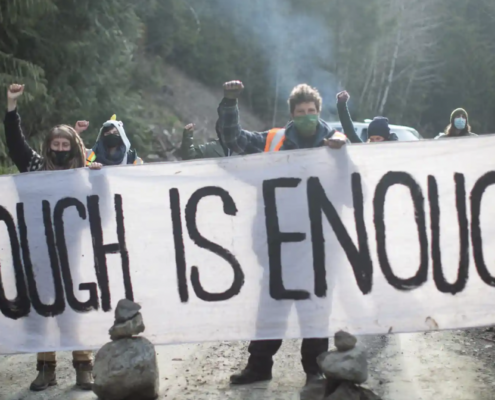
‘War in the woods’: activists blockade Vancouver Island in bid to save ancient trees
Things are heating up in BC's forests and the world is taking notice. Check out this recent article in The Guardian.
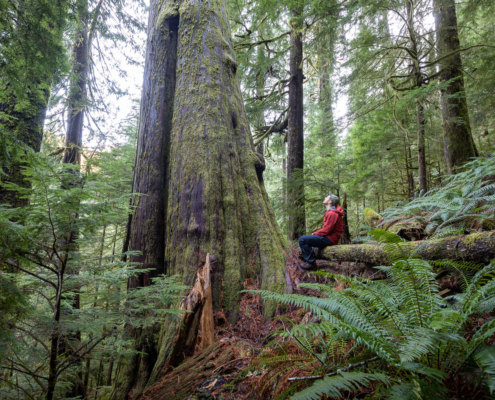
Send a Message to Demand Funding for Old-Growth Protection in Budget 2021
Without funding to protect old-growth forests, BC's ancient giants will continue to fall. Speak up today! Send a message to the BC government before April 20th, demanding funding be allocated in Budget…
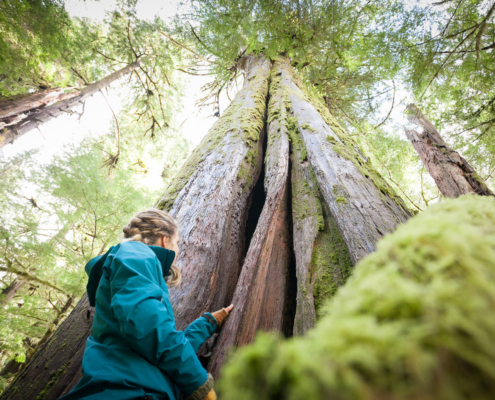
Thank you to our recent business supporters!
We would like thank our recent business supporters Seaflora Skincare, Cascadia Ring Co. & Astral Impressions for generously supporting the AFA!
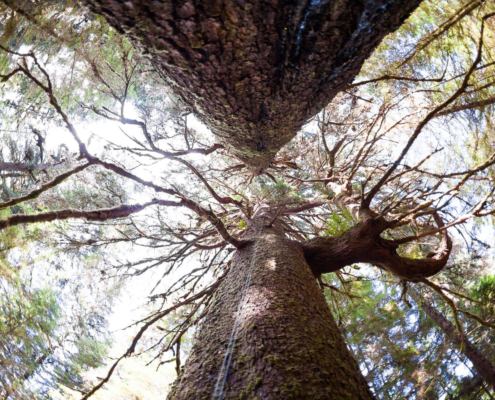
Victoria City Council unanimously approves motion to endorse old-growth resolution
Victoria City Council has unanimously approved a motion to call on the BC government to immediately defer logging in all at-risk old-growth forests on Vancouver Island and fund an economic transition…
